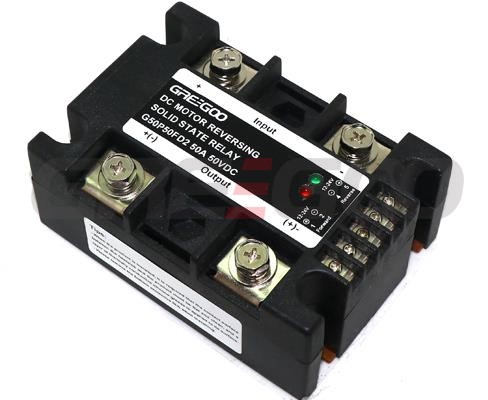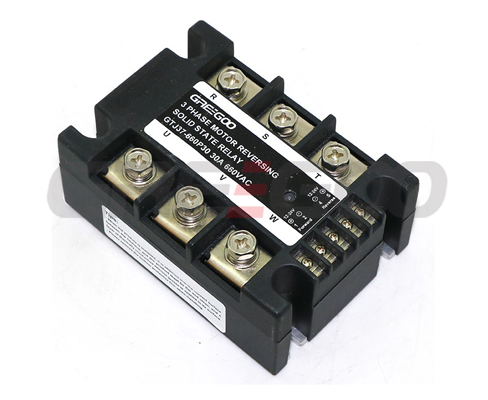Greegoo's motor reversing solid state relays introduction
A motor reversing solid-state relay (SSR) is an electrical switching device used to control the direction of rotation of an electric motor. It is specifically designed for applications where you need to reverse the direction of a motor's operation, such as in machinery, conveyor systems, and industrial equipment.
| Here are some key features and functions of a motor reversing SSR:
|
DC Motor Reversing Solid State Relays |
|
Three phase Motor Reversing SSR Relays |
Motor reversing SSRs are commonly used in various industrial and automation settings where precise control over motor direction is required. They can be controlled by low-voltage signals (such as from a microcontroller or PLC) and provide a high-voltage switching capability for the motor. These devices contribute to smoother and more efficient operation in applications where motor direction changes are frequent or need to be controlled accurately.
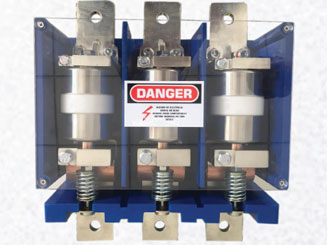
High current, high voltage, low holding power, compact size of Vacuum Contactors
Compact size, space saving, 800A to 1400A vacuum contactor, special for wind power and PV solar.
Read More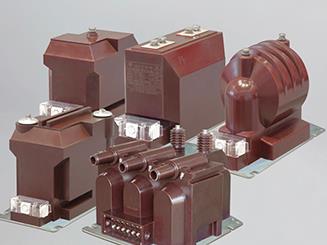
Protective and Measuring Transformers for Medium-Voltage Equipment
Indoor support-type current transformer in block-type design
Read More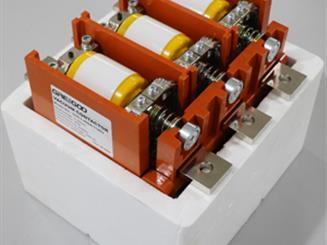
What is the difference between the magnetic latching type and electrical holding type vacuum contactor?
Vacuum contactors can be classified into two main types based on their mechanism for holding the contacts closed: magnetic latching type and electrical holding type.
Read More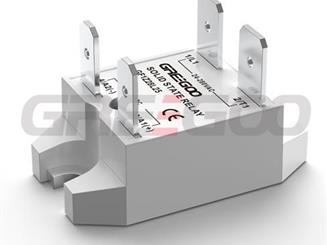
FASTON terminals connection SSR 1 phase ac switching SSR Relay
1-Phase, 15A and 25A, 230VAC with LED status indicator, FASTON terminals connection, easy to use, compact design, miniature package for space-demanding applications.
Read More











